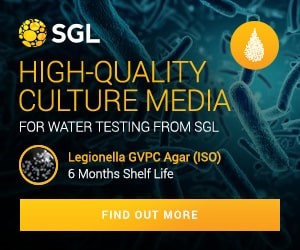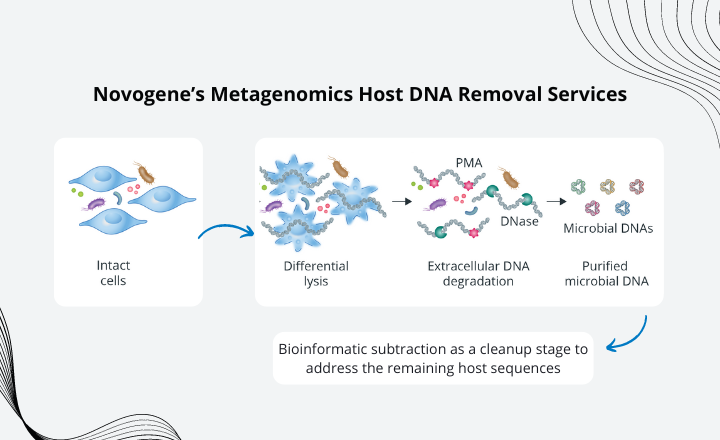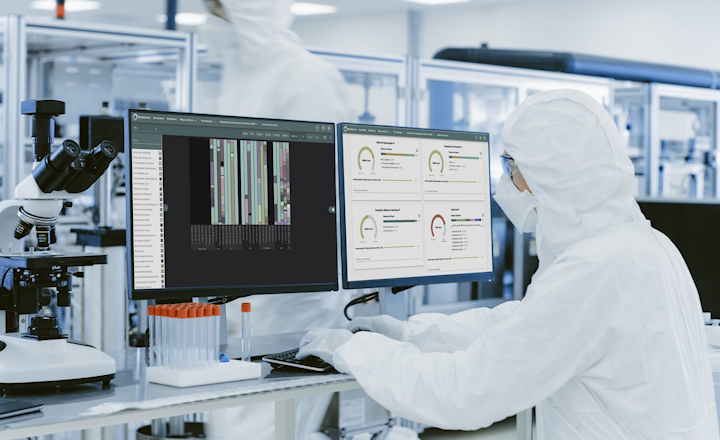Key advantages of Novogene’s Shotgun Metagenomic Sequencing
- Outstanding end-to-end service with fast-turnaround time, top-notch quality and cost-effective pricing.
- Expert bioinformatics analyses provide comprehensive data on annotated genes, metabolic pathways and antibiotic resistance genes profiles.
- Our strategy synergizes both deep shotgun sequencing and efficient shallow shotgun sequencing on short-read platforms, serving diverse applications to unveil comprehensive analysis.
Over the past decade, a dramatic reduction in DNA sequencing costs has propelled shotgun metagenomic sequencing into the forefront. Shotgun metagenomic sequencing is an indispensable tool for characterizing bacterial populations across diverse environments and host systems, bypassing the need for target-specific primers.
Shotgun metagenomic sequencing uses next-generation sequencing (NGS) technology to provide not only information on the taxonomic annotations of each organism, but also the functional profiling, gene prediction and microbial interaction of the whole community. However, this broad-spectrum approach poses a challenge in analyzing host-derived samples.
Hence, developing a reliable method to systematically deplete host reads in shotgun sequencing is imperative for virtually all studies focusing on host-derived microbiomes.
Current approaches to host DNA depletion include:
- Physical separation (microfiltration and centrifugation)
- Microbial DNA enrichment
- Enzymatic and chemical treatments (selective host cell lysis and DNase/PMA treatment)
- Bioinformatic approaches (sequence alignment for removal or K-mer based methods)
Novogene's shotgun metagenomic sequencing service adeptly eliminates host DNA through a two-step process: initially, host cells undergo selective differential lysis, followed by the enzymatic digestion of the liberated host DNA. The host cells can be selectively lysed by adjusting the pH and temperature of the lysing solution, without damaging microbial cells. And the efficacy depends on the differential susceptibility of host and microbial cells to the lysis conditions. Once the host DNA is released, it can be degraded by DNase, or inactivated by covalently bound PMA .
A synergistic approach combining mechanical and chemical lysis ensures the effective disruption of intact cells, facilitating the purification of microbial DNA. To address any remaining host sequences that persist into the sequencing phase, bioinformatic subtraction is employed as a precise cleanup strategy.
For more product information, visit our product webpage or use the Request Information button below to connect directly.























